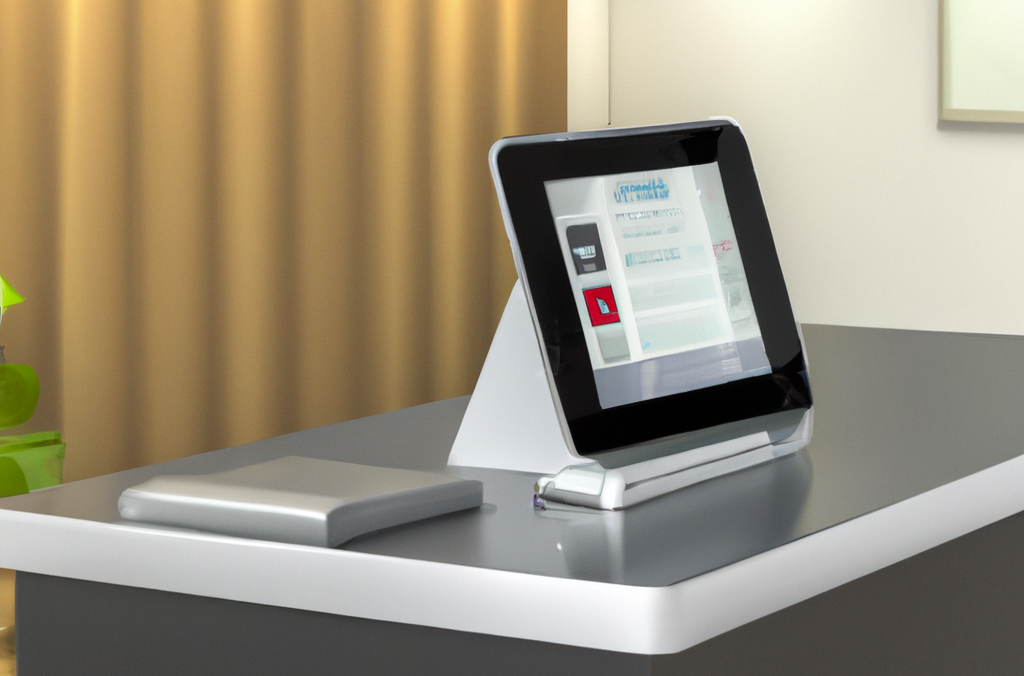Digitize Your Workplace for Better Employee Engagement | Greetly

Executive Summary
- A digital workplace uses technology to automate processes to help employees succeed.
- Nearly every work environment has retired manual, analog processes over the last 40 years.
- Depending on what your organization does there are a variety of tools to software packages to digitize your workplace.
Remember the mimeograph machine? When was the last time you send a fax? Or the stacks and stacks of paper from old 1970s office photos?
We haven’t yet achieved a truly paperless office. However, we are getting closer thanks to the digitization of the workplace. Apps and smartphone technology are the latest waves of tools to make sharing information quick and easy. The technologies are encouraging greater employee collaboration, information exchange, allowing employees to provide guidance or seek help on a real-time basis from their peers or superiors and also engage with customers effectively.
Millennial employees are more tech-savvy and willing to adapt, eager to learn new techniques and even take risks. But they detest being constantly monitored or kept confined to their desks or not being allowed the freedom to choose where they want to work from. They want to work in an open, liberated environment and not behind iron curtains. As more millennials enter the workforce, employers can utilize new technologies to better address employee engagement across departments.
What Is a Digital Workplace?
A digital office uses technology to make the organization and workflow more flexible and it always puts employees before everything else. It is an ecosystem that determines how people work and engage with others using technology, how value is created that passes through the entire value chain, and how it benefits its stakeholders.
Key Elements of a Digital Workspace
- Use of various tools and apps: Digital workplaces allow employees to use various digital devices and tools like smartphones, tablets, cloud computing, enterprise social networking apps, VoIP in addition to intranets and Ethernets that improve collaboration and offer more flexibility to choose how they wish to work. Greetly’s visitor management system connects visitors with employees right on their smartphones. This visitor sign-in app allows employees greater flexibility, even working from home while enjoying all the benefits of accessing archives, databases, tools that they would have got had they been physically present in the office.
- Focus is always on the employees: Digital workplace provides an environment where the interests of employees get the highest priority. There is more flexibility and by extension more efficiency in the system. The people-centric approach translates to better consumer engagement as well and reinforces the relationship between the management and the employees.
Conclusion
Digitization of a workplace improves the efficiency of the workflow as employees always have the required information at their fingertips and there is less rigidity in the system. The smaller HDDs are far more efficient than desktops and laptops and give employees the confidence and convenience of using their own devices at the workplace. Speed of information exchange has also greatly improved and the policies have been made employee-centric as companies have realized that a job is a part of a larger lifestyle for the employees and shouldn’t be encompassing.




